Like it's namesake, the Ford Puma doesn't sit well in a pack, it has more of an individual style - and looks like you could animate it for the next Cars movie, but in a good way. It sits in the compact SUV space and competes with the Mazda CX-3, the Hyundai Kona and the Toyota C-HR.
The boot is one of the best features of the Puma, because you can adjust the rear shelf to pack bigger items in, and there's a decent amount of general storage, too. The base model comes with a built-in satellite navigation system and voice command technology, making it fairly good value-for-money across the range, compared with some of its competitors.
I drove the ST-Line for this week's family review, which sits in the middle of the range and costs $32,690 before on-road costs and optional extras. The entry model Puma is $30,340 dollars while the top-of-the-range is the ST Line V at $35,890. The ST-Line in my review comes with a sunroof, but now the feature is only available on the ST-Line V, for an extra $2,000.
Overall, I think the Puma is good value for money because of what you get, even with the base model, it was also fairly fuel efficient across the week and provides a comfortable drive and space for a family with one or two children. For any more people I think it would be a tight fit.
Ford Puma 2023: ST-Line
| Engine Type | Turbo 3, 1.0L |
|---|---|
| Fuel Type | |
| Fuel Efficiency | 5.3L/100km (combined) |
| Seating | 5 |
| Price From | $29,590 - $35,640 |
| Safety Rating |
|
What does it look like?
My nieces and nephew love the look of this car, they thought it was smiling at them when they looked at. That’s thanks to the curve of the grille and the design of the headlights. The review model features the 'Desert Island Blue' paint option for $650 which I think is one of the best colours, but there’s quite a few to choose from.
The LED daytime running lights have been designed to resemble those on the Ford GT supercar and they make sure the car stands out from the pack. The ST Line matt black grille and front and rear aprons give it a distinctive look, along with the integrated spoiler. Plus you get the 17-inch alloy wheels. But more importantly you get the sports suspension which adds to the overall comfort of the car.
Inside the car feels modern and the designers have packed quite a lot into its small space. The ST Line gets metal pedal covers and red stitching along the seats. Even the entry model gets the synthetic leather gearshift, hand brake and flat-bottomed steering wheel, which feels good while you’re driving.
Despite the small size of the car, every millimetre has been used well, and the design feels fresh thanks to the dials and curved lines that tie the whole personality of the Puma together. Even though it still has the handbrake and gearshift which could make it feel dated, the rest of the features, including the tech, help give it a more modern feel, but that doesn't carry through to the back seats.
How does it drive?
The Ford Puma comes with a small 1.0-litre, three-cylinder, turbo-petrol engine but it packs quite a punch for its size. It’s a seven-speed dual-clutch auto and front-wheel drive. The sports suspension with the ST-Line gives it quite a comfortable drive and it handles well in wet and rainy conditions. During my time with the car we didn't see much sun.

The only issue I had with the engine was if I slowed down to drive over a decent pothole or reversed over a dip, it struggled to kick back into gear and did lurch forward once or twice. But this only happened when driving at lower speeds. It was great on the motorway and on main roads.

My driving position was fairly good, I like the height and found my visibility to be okay, but the curves of the car impact what you can see around you and the side pillar got in the way while I was checking my blind spot. The front parking sensors with the 'Park Pack' ($990 optional extra) make it easy to park front on, but reversing was a bit harder than it should be.
How spacious is it?
For a very small SUV, it feels quite roomy up front. There’s a decent amount of headroom and the driver’s seat is particularly comfortable thanks to the lumbar support, but only the top of the range Puma comes with lumbar support for the passenger.
I’m 177cm (5'10") tall and when I sat behind my driving position, I had a little room, but for someone taller than me it might be uncomfortable for longer journeys. You can fit two adults in the back, but three would be a stretch. Three small kids would be fine, but not if they are all in car seats.
The boot space is well thought out, with an adjustable parcel shelf which gives you a lot more space to store large items, and under that hidden level of storage, there is a space-saver spare. In total, you get 410 litres of boot space, when you fold the rear seats down you get 1170 litres.
How easy is it to use every day?
In terms of storage, there’s a lot in the door but it’s not overly practical because of the shape, although you can fit a small water bottle. The glove compartment is a decent size for the class, and the centre console is nice and deep, plus you get two cupholders, and my keys also fit in the small gap between them.
There are modest storage spaces in the back doors, for a small water bottle, but my niece was disappointed the car doesn't come with USB ports or cupholders in the back - and there’s no directional air conditioning vents which means it’s not that fun in Summer.
However, I do like the thoughtful touch of not two but four luggage hooks in the boot which do keep grocery bags in place.
How safe is it?
The Puma received the maximum five-star ANCAP rating in 2019, but some standards have changed since then. It comes with six airbags, including driver and front passenger, and side curtains.
It comes with the safety features you’d expect for the price-point including AEB, traffic sign recognition (which I found isn't always accurate) and lane keeping assistance. Front parking sensors and the blind spot information system with rear cross-traffic alert are optional extras, for just under $1000 at the time of this review. It can be common for cars in this range to have these features as options – but some like the Hyundai Kona include it for models in a similar price range to the ST-Line.
The car does have three top-tether points and ISOFIX anchors for the window seats, but I don't think three car seats will fit across the back. It's worth noting, due to the cabin size, if you put a rear-facing child seat behind the front passenger seat, it starts to eat up the middle seat room and takes some legroom from the front passenger.
What’s the tech like?
Even with the base model you get the 8.0-inch touchscreen, wired Apple CarPlay and Android Auto, plus there is voice command and an in-built satellite navigation system. You can also download Ford’s 'AppLink' which allows you to see where you’ve parked your car, and check things like your fuel and tyre pressure, which can come in handy.

There’s a wireless device charging which has been designed at an angle so you can still fit other things like keys or glasses in the small storage area directly under the air conditioning controls. There are two USB ports, one is for media in the dash and the other is a fast charging mini USB port in the centre console.
When you upgrade to the ST-Line and ST-Line V you receive a 12.3 inch digital instrument cluster, rather than the analogue display which comes as standard with the base model Puma. The tech is easy to use and everything is well laid out so it’s practical while you’re driving.

How much does it cost to own?
Overall, the Ford Puma is a bit more expensive than some of its competitors but for a family car you do get more space in the boot and other features included that helps the value-for-money equation stack up.

My petrol usage was also pretty good during a week of horrible rainy conditions and stop-start traffic, on average it was at 7.4 litres per 100 kilometres during my time with it, but the official number is 5.3L/100km on the combined cycle.
The Ford Puma comes with a five-year/unlimited kilometre warranty and roadside assistance for the first 12 months (with some conditions). The satellite navigation system is updated during your service if you take the car to Ford for its fixed-price maintenance program. The service interval is 12 months/15,000km, with the annual price averaging just over $300 for the first five years, which isn't too bad.
Verdict
The verdict? This is a great car for a small family and compared to other SUVs in its class it is more expensive but you do get more for your money, like the sat nav and voice command. More importantly, the car is a great drive for its class and engine size.
I gave the Ford Puma four out of five because it handled the suburban and motorway driving I did easily and the fuel efficiency was great for the conditions. I also found the generous boot space came in handy.
My niece gave it a 3.5 out of five because even though she loved the look of the Puma, she was disappointed there were no USB points, cupholders or directional air vents in the back.
Pricing Guides



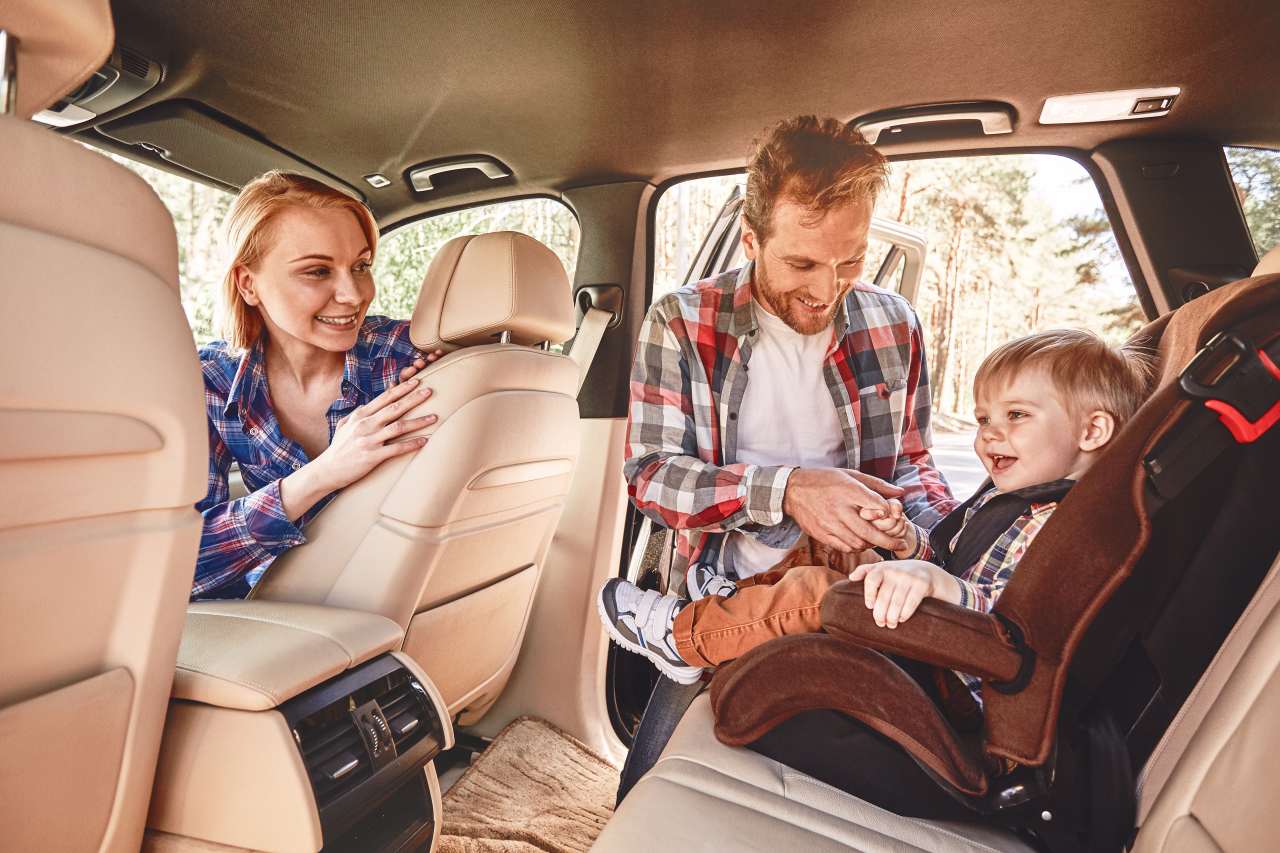

































.jpg)
.jpg)
.jpg)

















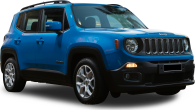
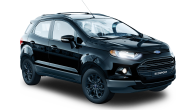








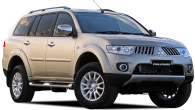




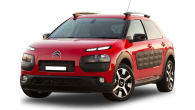




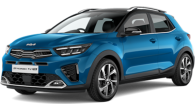



.jpg)
.jpg)

.jpg)

.jpg)
.jpg)

.jpg)
.jpg)

Comments